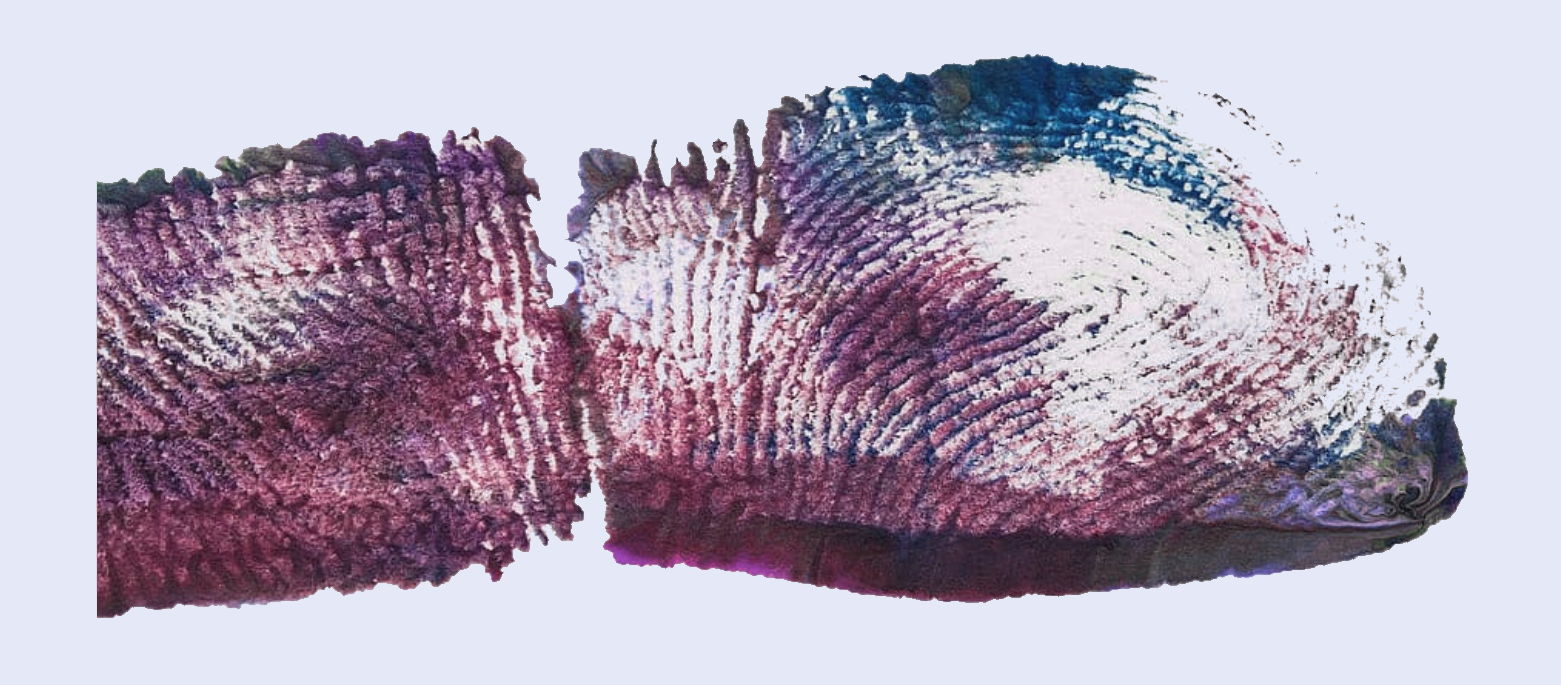Nick, an authority in fingerprint biometrics, underscores the critical importance of precision. Just as in art authentication, fingerprint recognition encounters comparable challenges related to false positives and negatives. His expertise guides us in understanding the delicate balance required between accuracy and minimizing errors.
Introduction
Art authentication has long relied on the discerning eyes of experts—art historians, conservators, and curators—who meticulously examine brushstrokes, materials, and provenance to verify the authenticity of masterpieces. However, in recent years, artificial intelligence (AI) has emerged as a powerful tool in this domain. AI algorithms can analyse vast datasets, detect patterns, and make predictions, potentially revolutionizing the way we authenticate art.
In this article, we explore the nuances of AI-based art authentication, focusing on the delicate balance between minimizing false positives and avoiding misses. Let’s dive into the world of art, algorithms, and the quest for accuracy.
Understanding False Positives and False Negatives
1. False Positives (Type I Errors)
- Definition: False positives occur when AI incorrectly identifies a forgery as an authentic artwork.
- Impact: Misleading buyers, inflating prices, and damaging the reputation of artists and institutions.
- Example: An AI system misclassifies a copy of a famous painting as genuine, leading to its sale for millions above its true value.
2. False Negatives (Type II Errors or Misses)
- Definition: False negatives arise when AI fails to identify a genuine artwork as authentic.
- Impact: Preventing rightful owners from selling or exhibiting their work, hindering research efforts.
- Example: An AI system rejects a previously attributed artwork due to stylistic variations or minor damage, causing the owner to question its authenticity.
Factors Influencing False Positives and Negatives
Data Quality and Quantity:
- Robust training requires diverse and comprehensive datasets of authentic and forged artworks.
- High-quality data improves overall system performance.
Algorithmic Limitations:
- Different AI models have varying strengths and weaknesses.
- Choosing the right algorithm for specific art styles and periods is crucial.
Forger’s Skill:
- Sophisticated forgeries challenge AI detection.
- Constant algorithm updates and human expertise are essential.
Subjectivity in Art:
- Artistic styles and interpretations are subjective.
- Definitive authentication remains challenging for AI.
Sensor Technology:
- Accuracy depends on the fidelity and capabilities of scanning technology.
- Errors in input data affect authentication outcomes.
Striking the Balance: Trade-Off Dilemma
False Positives vs. False Negatives:
- Tightening matching algorithms reduces false positives but may increase misses.
- Loosening criteria reduces misses but leads to more false positives.
- The trade-off is inherent in AI-based authentication.
Visualizing the Trade-Off
!Figure 1: DET as the primary performance reporting mechanism
- The Y-axis represents FNIR (False Negative Identification Rate) on a log scale.
- The X-axis represents FPIR (False Positive Identification Rate) on a log scale.
- The inverse relationship: when FNIR is high, FPIR tends to be low, and vice versa.

Minimizing Errors: Strategies for Success
Expert-Guided Training:
- Involve art historians and conservators.
- Refine algorithms, reduce false positives and negatives.
- Their expertise validates or challenges AI’s conclusions.
Algorithmic Improvements:
- Regular updates based on expert feedback.
- Ensemble methods and hybrid approaches.
Domain-Specific Models:
- Tailor models to different art styles and eras.
Multimodal Data Fusion:
- Combine visual data with textual descriptions and context.
Collaboration and Transparency:
- Foster collaboration among AI researchers, artists, and institutions.
- Transparently communicate AI limitations.
Beyond AI: Materials Analysis and Expert Verdict
Materials Analysis:
- Experts examine pigments, canvas, brushwork, and aging patterns.
- Scientific techniques reveal hidden layers and alterations.
The Expert’s Verdict:
- The complete scientific report, combining AI findings and materials analysis, is crucial.
- An art historian or conservator interprets the evidence.
- Their expertise validates or challenges AI’s conclusions.
Conclusion: A Harmonious Blend
- AI and human expertise complement each other.
- Together, they create a more robust and transparent authentication process.
- As we navigate the intersection of art and technology, let us preserve the soul of creativity while embracing the precision of algorithms.
- Remember, AI is a valuable ally, but it should complement—not replace—human judgment.

